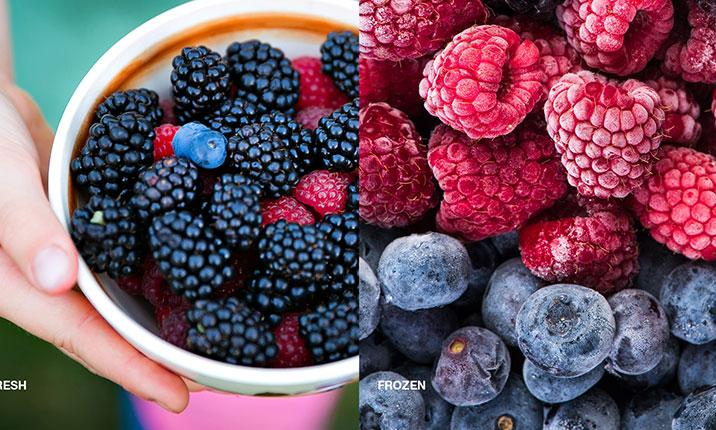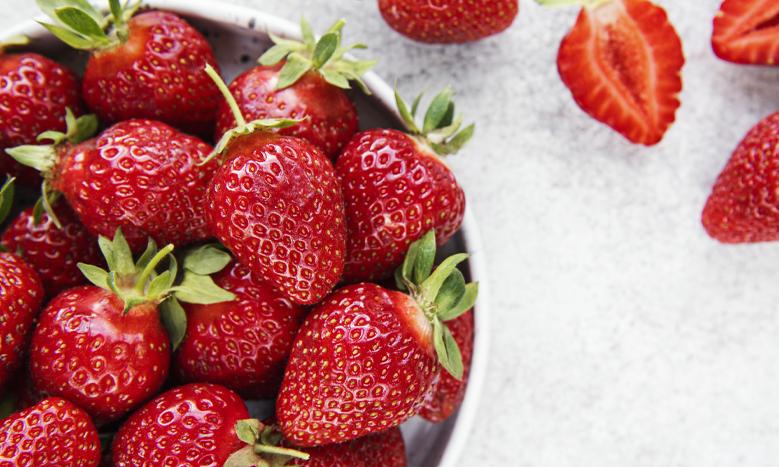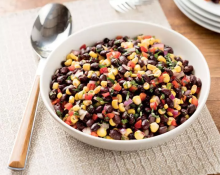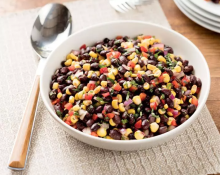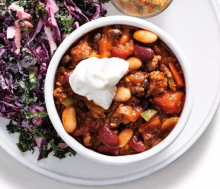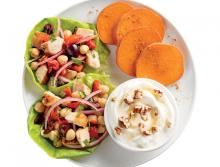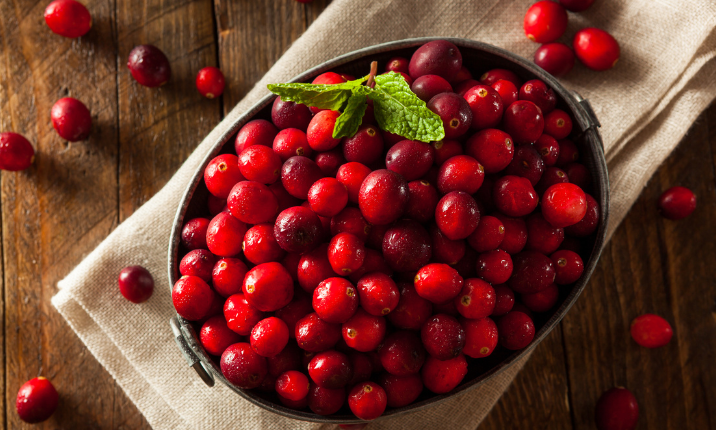The American Diabetes Association’s Diabetes Plate recommends filling half your plate with non-starchy vegetables—so it’s a good idea to have plenty of vegetables on hand in your kitchen whether they are fresh, frozen, or canned. The Diabetes Plate also recommends filling one-quarter of your plate with carbohydrate foods, which includes fruit. Any form of fruit will do, whether it’s fresh, frozen, or canned in its own juice or water.
Fresh vs. Frozen or Canned Produce
Many people think fresh produce is the healthiest for you. However, frozen and canned produce are just as nutritious as fresh. So, if you’re someone who finds that fresh produce goes to waste before you can enjoy it or are not able to easily access fresh produce because it’s too expensive, try the frozen and canned varieties.
Even if you don’t have the above limitations, here are two reasons to choose frozen or canned produce:
- They are picked at peak ripeness and keep their nutrients: Before any produce is frozen or canned, it is picked at its peak ripeness. During the canning and freezing process, the loss of nutrients slows down and the nutrition value is retained. With fresh produce, the nutrition value can decrease from time it is picked, packed, shipped, and then purchased from your local grocery store.
- It prevents food waste and saves you money: You can probably recall a time when you excitedly bought fresh fruits and vegetables with the full intention of eating them as soon as possible, only to let them spoil days later—wasting food and money. But because frozen and canned fruits and vegetables are often cheaper than fresh and can last a year or longer, they help you to save money and cut back on food waste.
If you choose to purchase canned vegetables, select no-added-salt varieties or rinse regular canned vegetables if you are watching your sodium intake. When purchasing canned fruit, select fruit that is canned in its own juice or water to cut down on the total grams of carbohydrate per serving.
How to Freeze Fresh Produce at Home
To help reduce food waste of fresh produce, consider following these tips to freeze some on your own:
- Choose the right kind of packaging intended for freezing, like zip-top bags labeled as “freezer bags” or freezer-safe containers.
- Label your freezer bags with the date on which you froze the produce so you can easily tell how old it is.
- If necessary, consider blanching some vegetables to prevent a loss of color, texture, and nutrients. Blanching is a cooking process where you scald your vegetables in boiling water, remove them after a brief period, then immediately plunge them into ice water. If using this method, make sure the veggies cool completely before freezing.
Get Creative in the Kitchen
Fruits and vegetables are excellent additions to any healthy meal pattern, regardless of the form they take—fresh, frozen, or canned! Search for different recipes that fit your health goals on Diabetes Food Hub—your source for diabetes-friendly recipes and cooking tips with features that help you create your grocery list and meal plan. Need some ideas to start? Check out a few below you can make with frozen and/or fresh ingredients:
